High Frequency Trading During Flash Crashes: Walk of Fame or Hall of Shame?
Discussion by Katya Malinova
Mario Bellia, Kim Christensen, Aleksey Kolokolov, Loriana Pelizzon, Roberto Reno

Summary
Analyze HFT and non-HFT trading in 37 CAC40 index stocks in 2013 during "flash crashes"
- granular IDs: "pure" MM HFT, IB HFT, IB-non-HFT
- Flash crash identification: "drift burst" (Christensen, Oomen, and Reno (2017))
Conclude: "HFTs are not beneficial to the liquidity and efficiency of the stock market during flash crashes";
in particular, when multiple stocks are involved
Comments and Questions: What do MM do during a crash?
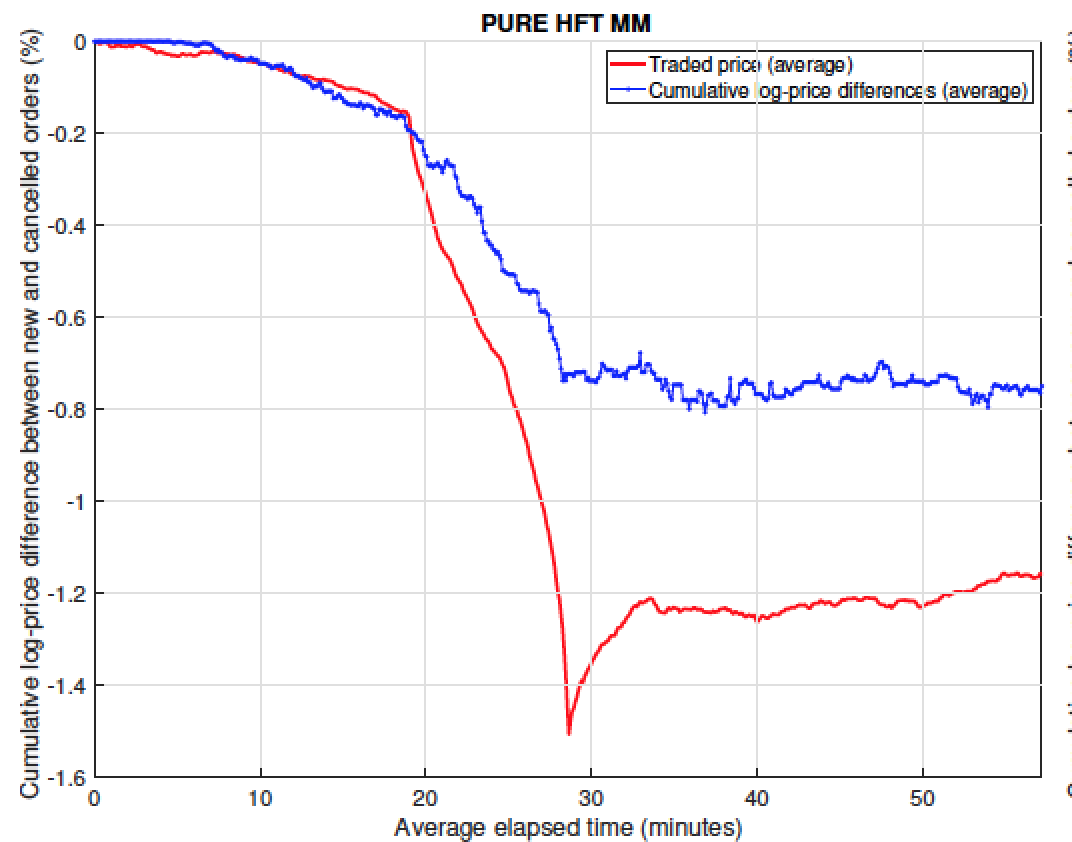
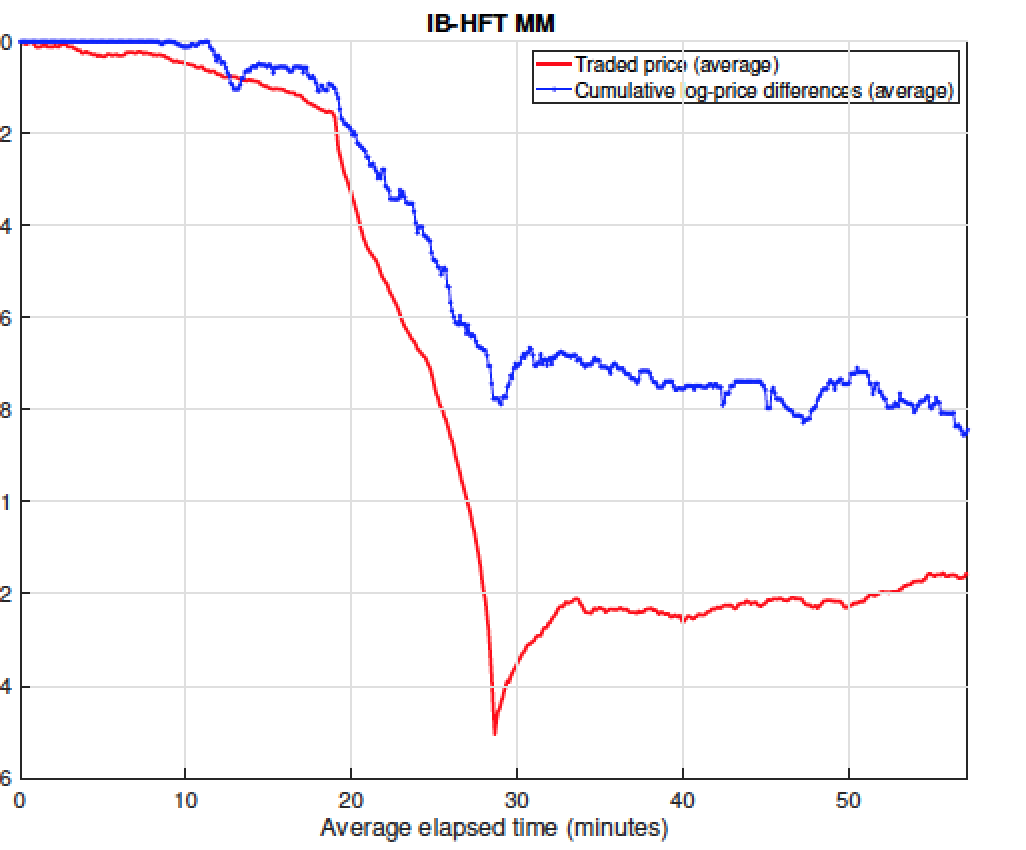
Lower their quotes
But: relative to non-MM HFT, MM do lean against the wind!!! (?)
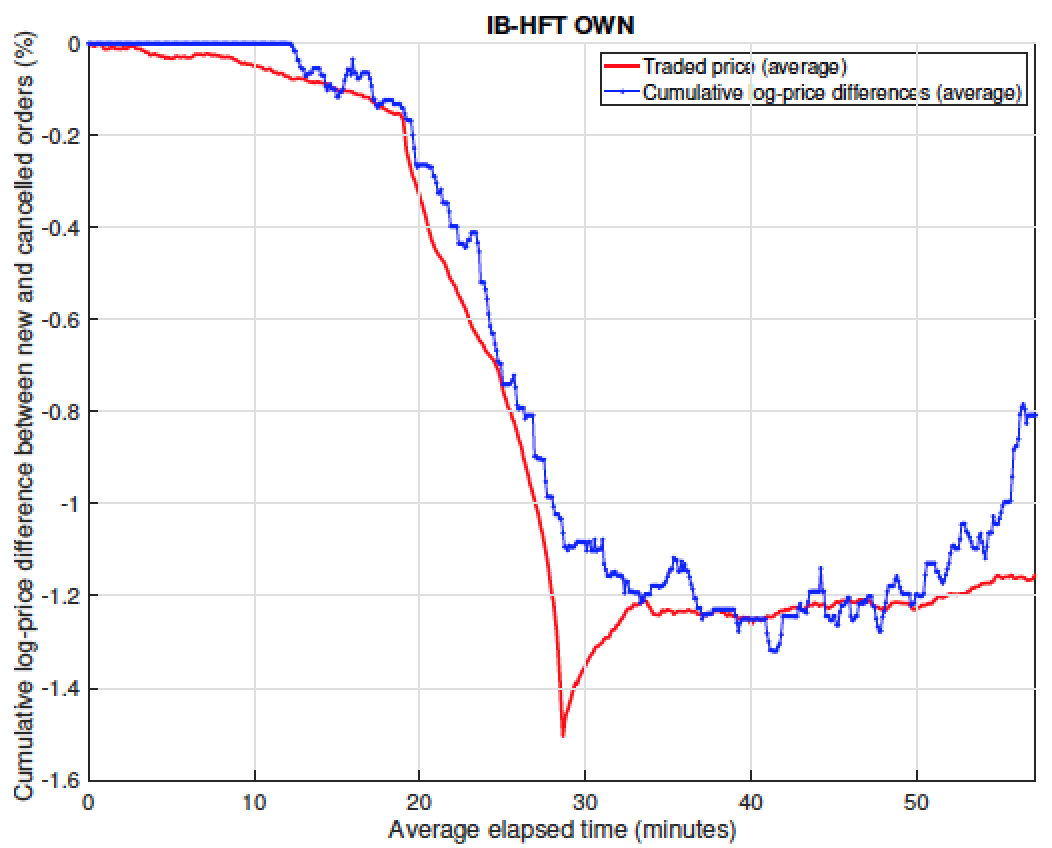
Comments and Questions: What do MM do during a crash?
MM trading: single-stock flash crashes
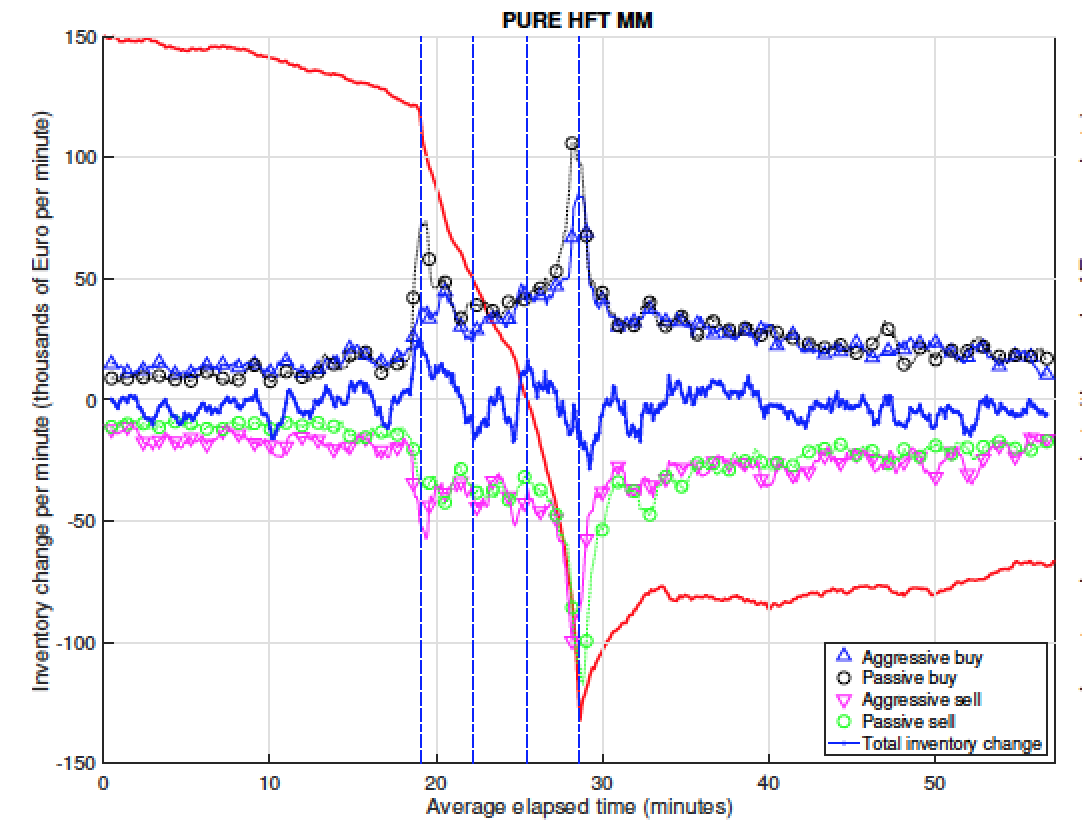
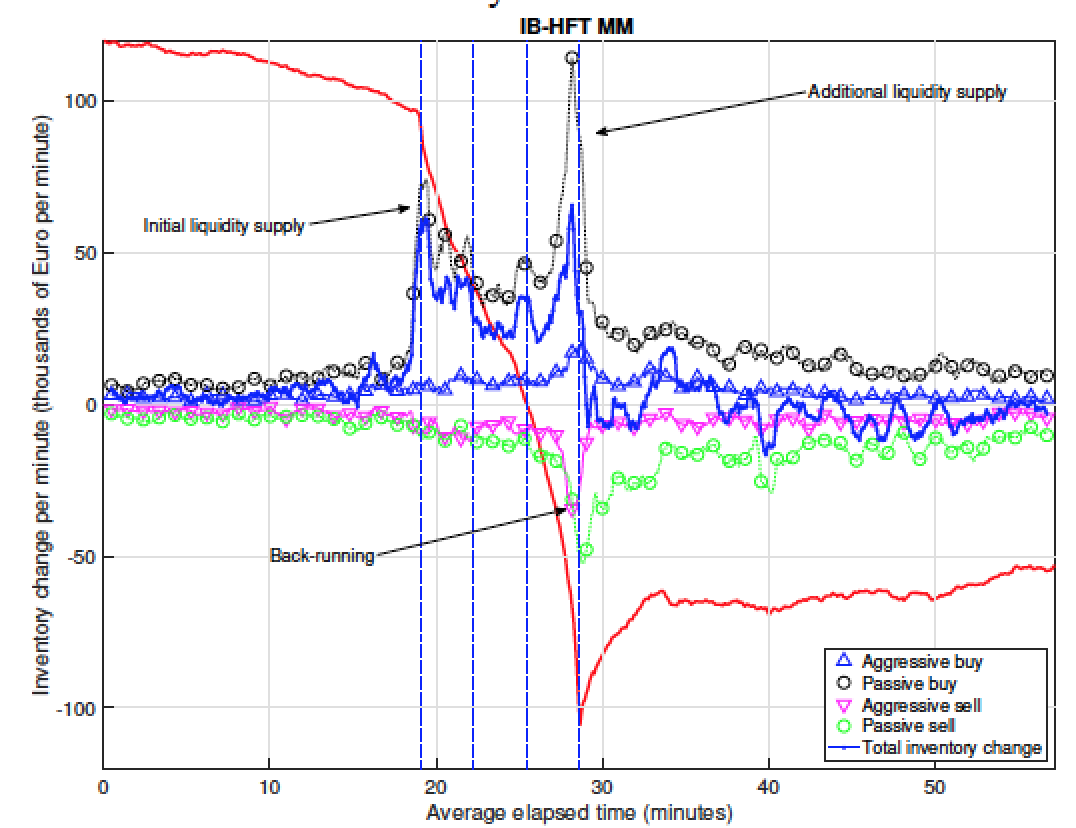
IB-HFT MM: buy on average (lean against the wind)!
Pure HFT MM: neutral inventory
IB-HFT MM: sell!
Pure HFT MM: neutral
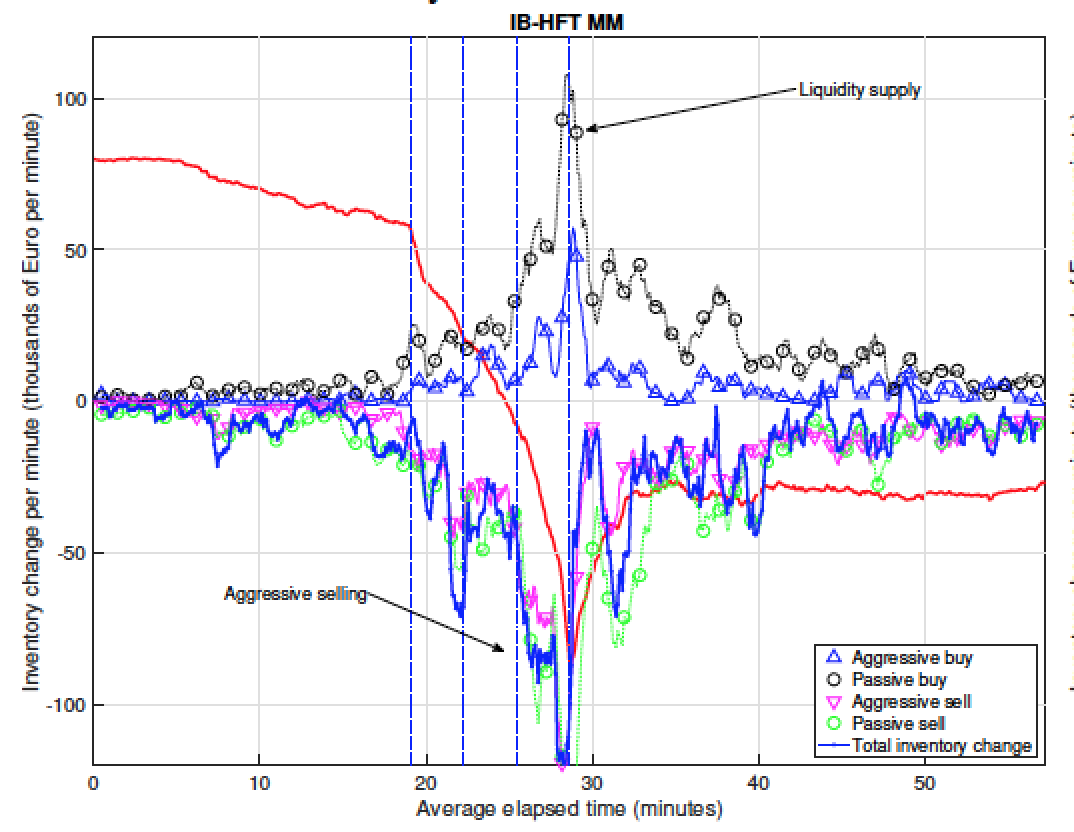
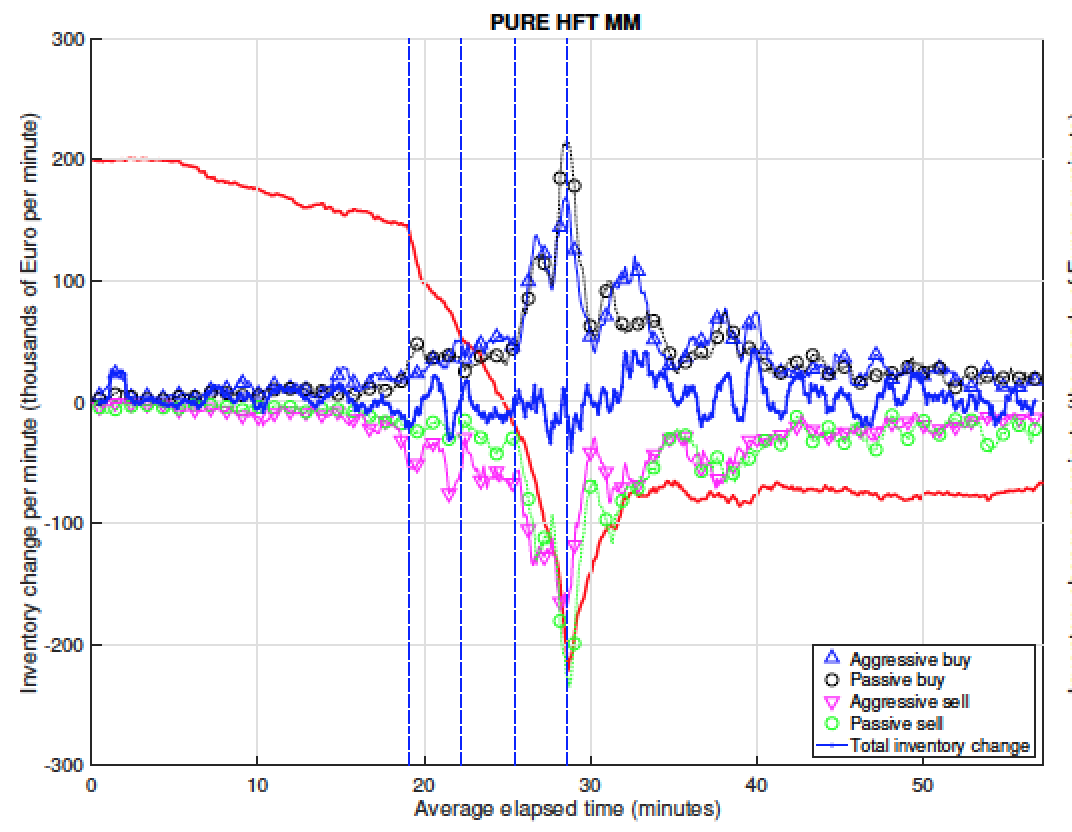
MM trading: multi-stock ("systematic") crashes
- Pure HFT MM: make the market!
- IB-HFT MM:
- "lean against the wind" during single-stock crashes
- trade in the direction of the crash during multi-stock events
- "in contrast with their contractual role of liquidity providers"
Comments and Questions: What do MM do during a crash?


- Pure HFT MM: make the market!
- IB-HFT MM:
- provide liquidity during single-stock crashes
- trade in the direction of the crash during multi-stock events
- "in contrast with their contractual role of liquidity providers"
- What are MM contractual obligations?
- Quoting at the best?
- Or (and?) price continuity/liq provision during stress?
Comments and Questions: What do MM do during a crash?
- What do we expect/want MM to do if trading is informed?
- Keep quoting at the "wrong" price? (Price efficiency???)
- Adjust their quotes to reflect new info?
- Aggressively move prices to the new true/efficient value?
Comments and Questions: Profitability

Profit in euro
Systematic
Profit in euro
Single-stock


lean against the wind
balance inventory

Comments and Questions: Profitability

Profit in euro
Systematic
Profit in euro
Single-stock


"trade opportunistically"
balance inventory

- Different strategies pre-event?
- Trading n different markets?
- Trading in different assets?
Overlap in some conclusions with Brogaard, Carrion, Moyaert, Riordan, Shkilko, and Sokolov (2018) \(\Rightarrow\)
- Must be clearer on the marginal contribution, differences vs. overlaps
Minor point: measuring MM order imbalance in Euros can be misleading:
- e.g., buying at the "bottom" of the crash and selling later may help recover, yet may appear as "net selling"
Comments and Questions: MM activity during a crash
What drives differences in behavior?
- The authors: "easier to recognize information" during multi-stock events(?)
- Brogaard et al: likely due to capital constraints/reduced cross-stock hedging opportunities
- Are "systematic crashes" truly systematic?
- Changes in the index?
- Stocks within the same industry?
- Is the IB/HFT behavior the same for "systematic" vs. "multi-stock"?
Comments and Questions: Systematic vs Single-stock
Comments and Questions: "Flash Crashes"
Flash crash: "drift burst" (Christensen, Oomen, and Reno (2017))
- price process = Brownian motion
- drift burst = explosive drift coefficient
Pros and cons of zooming onto "drift bursts"?
- Extreme price movements (Brogaard et al (2018))?
- "Volatility bursts"? (Christensen et al (2014))?
- "Crashes" ("jumps") in lower frequency data?
- Liquidity may deteriorate even if the price is "smooth."
Why only "crashes" (downward movements)?
Comments and Questions: Flash Crashes
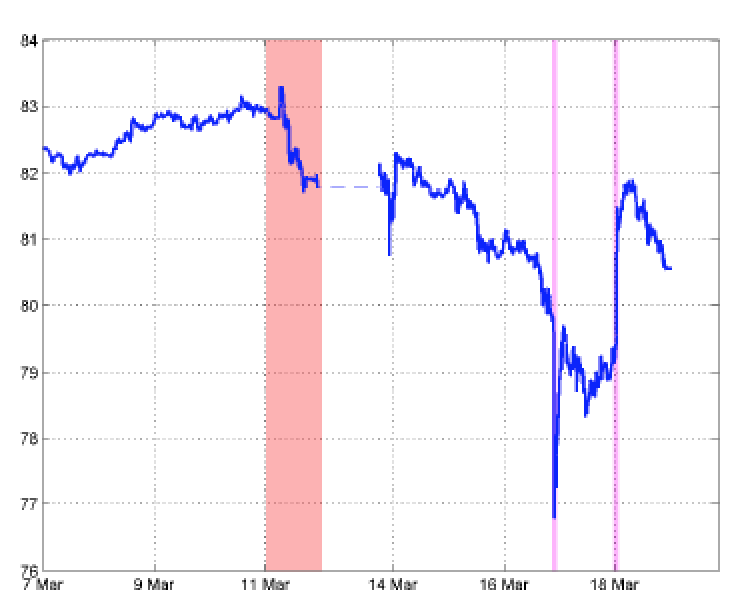
USDJPN rate around 2011 earthquake
5-minute sampling
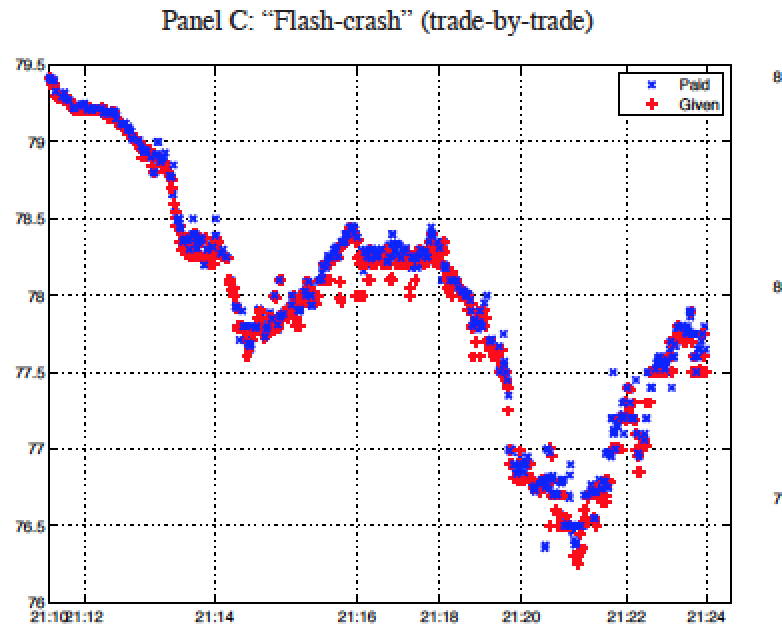
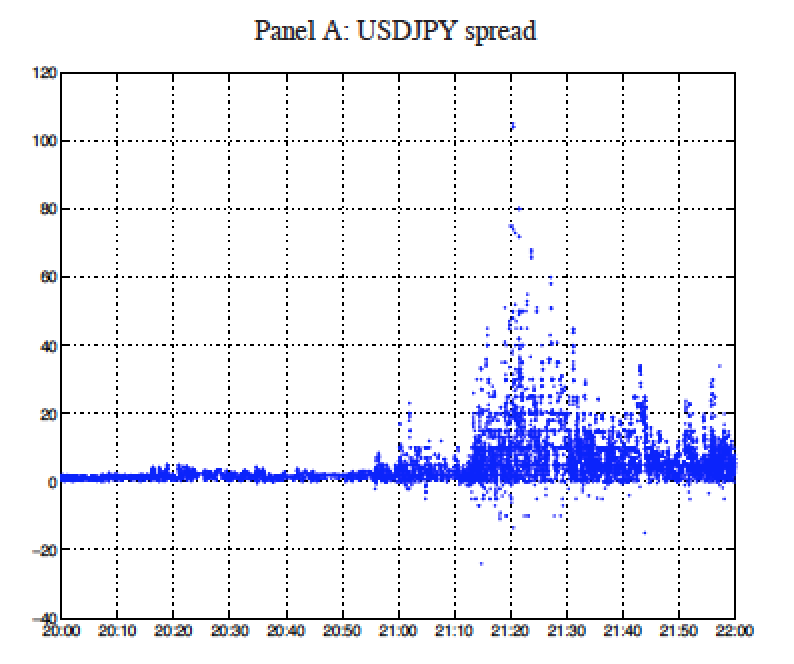
Christen et al (2014)
But: liquidity deteriorates
No "crash" intraday
@katyamalinova
malinovk@mcmaster.ca

slides.com/kmalinova
https://sites.google.com/site/katyamalinova/